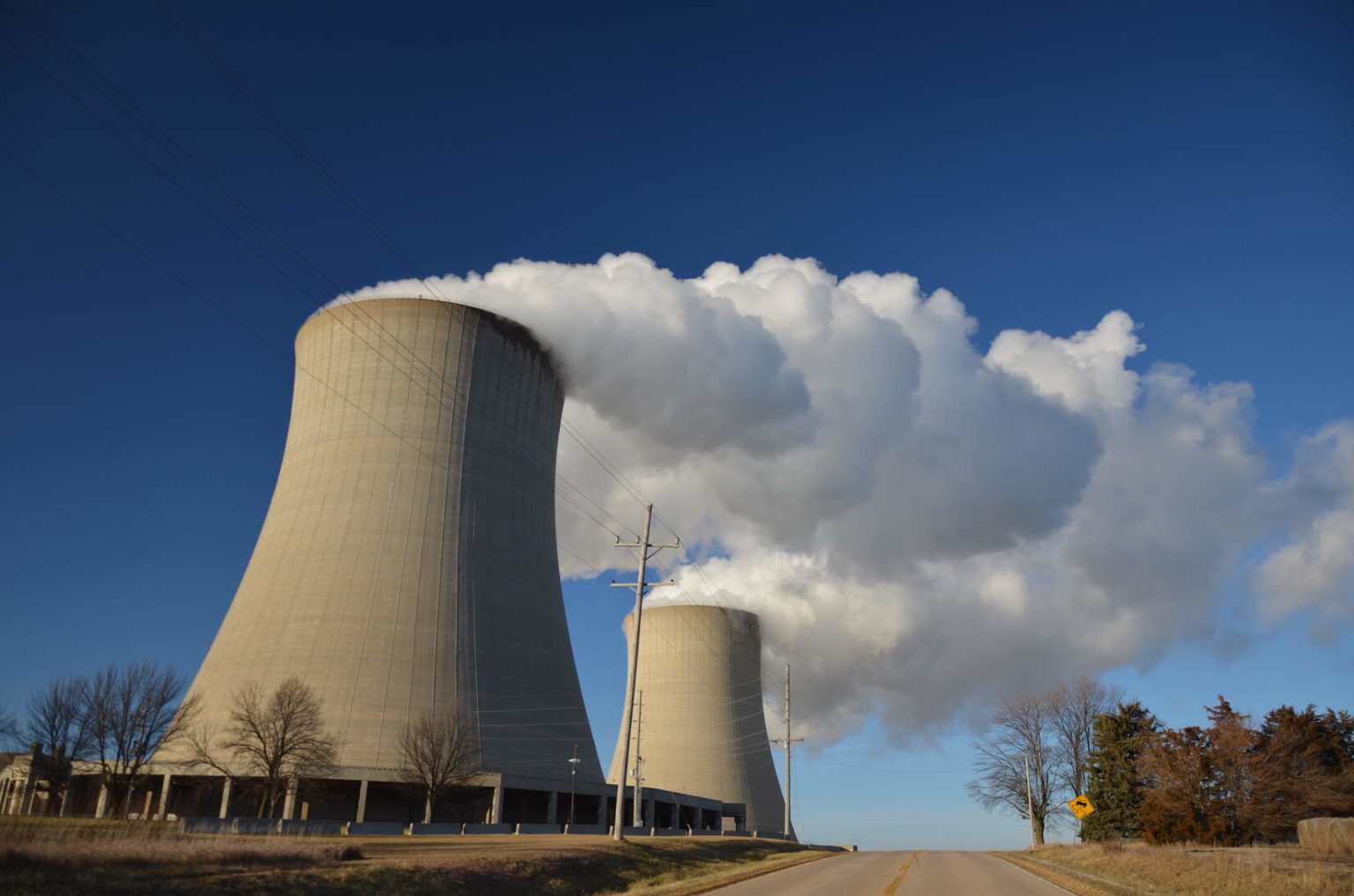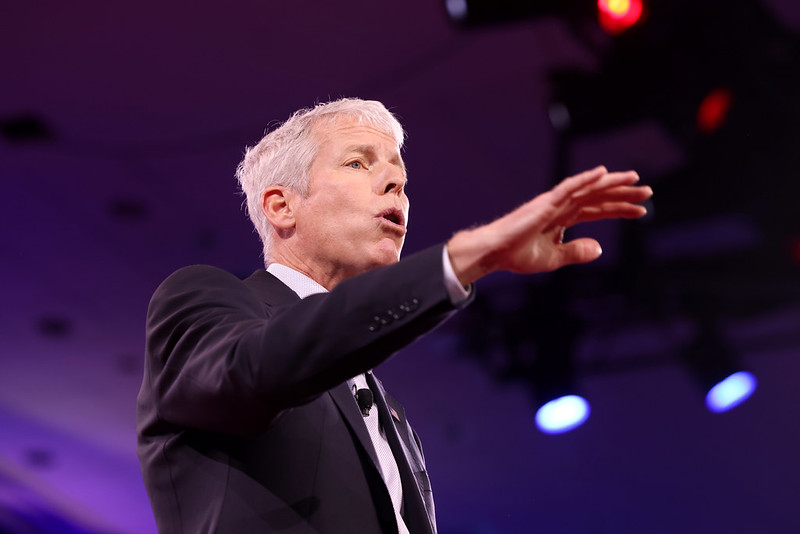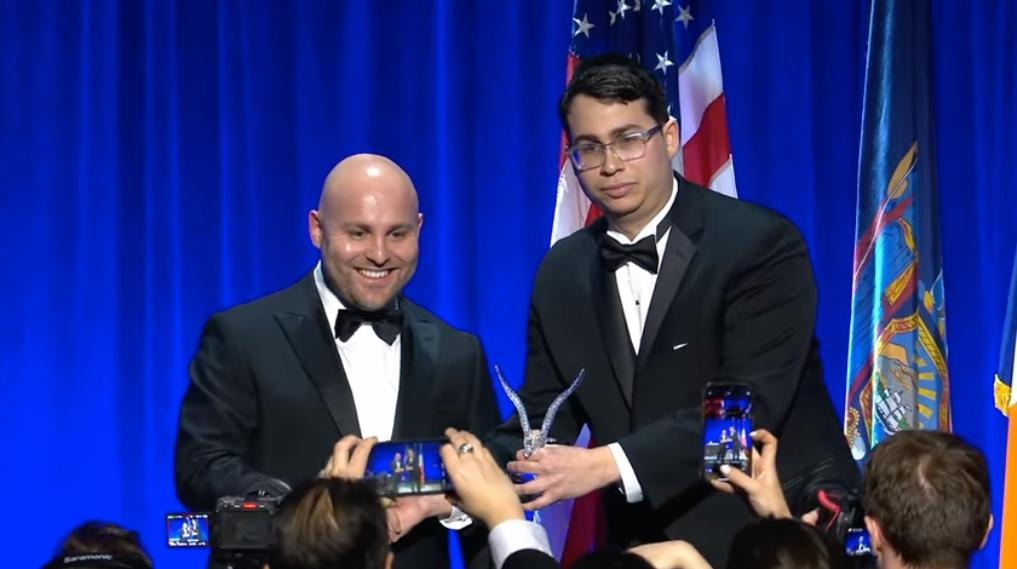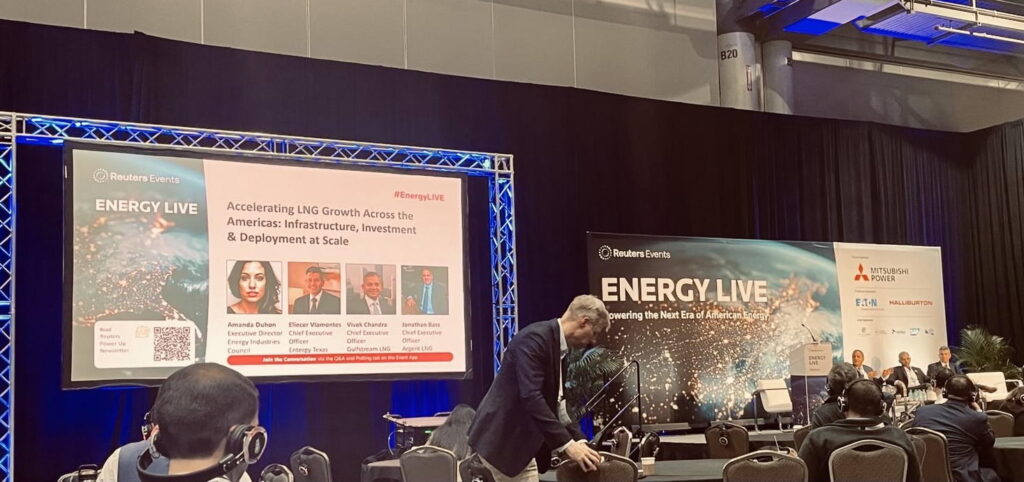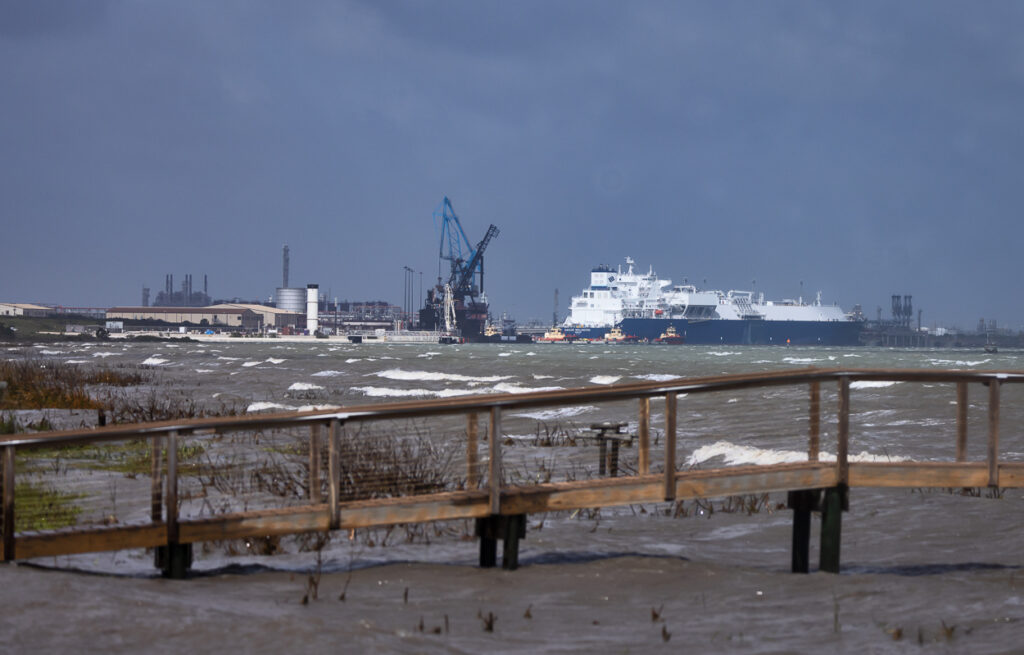Senator and Democratic presidential hopeful Bernie Sanders has released an ambitious climate proposal, one which champions of the status quo were quick to criticize. One line of attack, coming from many different sources, focuses on Sanders’ plan to phase out nuclear power, but the arguments, and who is behind them, deserve a closer look.
Sanders’ proposal refers to nuclear power as one of several “false solutions” to the climate crisis:
“To get to our goal of 100 percent sustainable energy, we will not rely on any false solutions like nuclear, geoengineering, carbon capture and sequestration, or trash incinerators.”
The Washington Post editorial board quickly blasted Sanders’ plan to eliminate nuclear power: “Mr. Sanders also promises to make his plan unnecessarily expensive by ruling out a long-established source of carbon-free electricity: nuclear power.”
The New York Times quoted Joshua Freed, vice president for clean energy at Third Way, a think tank that describes itself as promoting “modern center-left ideas.”
“The Sanders plan appears to be big, but it’s not serious,” Freed said. “We need to have every option on the table.” Freed’s biography on the Third Way website makes clear that “advanced nuclear” is a top priority for the organization.
Bernie Sanders’s $16 Trillion Green New Deal is doomed to fail & impoverish millions. How do I know? For starters, I helped create the last one.
The only Green New Deals that have worked were done with nuclear, which Bernie’s would ban, not renewables https://t.co/kT1zohbBLw
— Mike Shellenberger (@ShellenbergerMD) August 22, 2019
In an op-ed at Forbes attacking Sanders’ plan, Ellen R. Wald, an energy historian and senior fellow at The Atlantic Council, went so far as to say that the outcome of the plan would be that “we would live in darkness” and “many of us would starve.”
Former Top Regulator Says ‘Nuclear is Dying’
However, if you ask a former top nuclear regulator about the future of nuclear power, the prospects are much dimmer. Gregory Jaczko was the chairman of the U.S. Nuclear Regulatory Commission from 2009 to 2012 and is the author of the book Confessions of a Rogue Nuclear Regulator. In an op-ed for the Washington Post in May, Jaczko asserted that “[n]uclear is dying” and argued that nuclear power is not a solution to the climate crisis.
He spells out multiple reasons not to pursue nuclear power, with the obvious safety risks topping his concerns. And rightly so. Jaczko served on the Nuclear Regulatory Commission during the 2011 Fukushima nuclear disaster in Japan.
In addition to nuclear’s well-publicized safety risks, Jaczko also highlighted a less well-known one. He said that the nuclear industry wields such influence over regulatory agencies — something he saw firsthand — that safety is being sacrificed for profit.
GOP deregulation is ruining clean water and air. Then there is profits over lives elsewhere. In Era of Aging Reactors, Nuclear Industry’s Push for Deregulation Sparks Warning of ‘Collision Course’ With Disaster – https://t.co/9zQzFfUvB5 via @commondreams
— Dr. Robert Fortuna (@psychdr100) March 17, 2019
Another downside is that building nuclear power plants is an incredibly expensive undertaking. Recent attempts to revive nuclear energy in the U.S. have been financial disasters, with $9 billion spent on one failed project in South Carolina alone.
Jaczko cites the low cost and low risk of renewables as another factor that makes nuclear obsolete. “I’ve now made alternative energy development my new career, leaving nuclear power behind. The current and potential costs — in lives and dollars — are just too high,” wrote Jaczko, who has founded the company Wind Future LLC.
Last year, William Von Hoene, senior vice president at Exelon, which operates nuclear plants, predicted that there would be no new nuclear power plants built in America for the same reason. “They are too expensive to construct, relative to the world in which we now live,” said Hoene.
Bailing Out Another Failing Industry
Like the coal industry, the U.S. nuclear industry has been on the decline, but in this case, the drop is primarily due to aging nuclear plants closing and not being replaced. Still, this trend doesn’t mean U.S. taxpayers won’t pay the price as both industries continue to lobby hard for bailouts.
In Ohio, nuclear industry lobbyists recently secured a $1.1 billion bailout of two economically failing nuclear power plants (and struggling coal plants) while incentives for renewables were cut. Not all Ohio citizens were happy with this handout, and one group is currently collecting signatures to put the bailout before voters in a referendum next year.
A similar bailout of the nuclear industry was proposed in Pennsylvania.
“I don’t see nuclear as a solution to climate change,” Jaczko told The Intercept. “It’s too expensive, and would take too long if it could even be deployed. There are cheaper, better alternatives. And even better alternatives that are getting cheaper, faster.”
The International Energy Agency (IEA) released a report in May urging the use of more nuclear power but also admitted that this move would require the government picking up the tab. As Oilprice.com reported at the time, the “IEA pleaded with governments to rescue the industry” while admitting that without government intervention the prospect of new nuclear power projects in the U.S. and Europe was “inconceivable.”
Industry Not Giving Up
As evidenced by the nuclear bailouts, there is still money to be made in the utility business, and while the chances of building new nuclear power plants in the U.S. are remote, the industry is pushing back hard against Bernie Sanders’ plan.
Nuclear industry executives are perhaps inspired by the executives of failed coal, oil, and gas firms who get rich while bankrupting their companies.
Industry-backed think tanks and academic groups echo their funders’ talking points and continue to champion nuclear power as a climate solution.
The Manhattan Institute — known for its climate denial and oil and gas industry funding — claims that no one can be taken seriously on climate issues unless they embrace nuclear power.
Solar and wind cannot fill the gap left by the decline of the nuclear sector. Without more nuclear energy, global carbon dioxide emissions will surge and “efforts to transition to a cleaner energy system will become drastically harder and more costly.” https://t.co/eWgiRTLH4Q
— Manhattan Institute (@ManhattanInst) June 6, 2019
And this think tank isn’t alone. According to the right-leaning Washington Examiner, Dr. Noah Kaufman, a research scholar at Columbia University’s Center on Global Energy Policy (CGEP), also disagreed with Sanders’ approach to nuclear power.
“I see ruling out any valuable low-carbon technologies and policies as fighting the [climate] battle with one arm tied behind our backs,” said Kaufman.
However, CGEP itself is known for supporting climate-killing policies, such as its successful effort to help lift the crude oil export ban. Additionally, last year CGEP hired former Trump energy advisor and fossil fuel defender George “David” Banks as an expert on “international climate policy.”
Attacks on the Sanders’ climate plan appear to have less to do with the ongoing viability of nuclear power as a legitimate climate solution and more to do with an ongoing effort to convince the public to subsidize another unsuccessful sector of the energy industry.
Main image: Nuclear power cooling towers. Credit: Michael Kappel, CC BY–NC 2.0
Subscribe to our newsletter
Stay up to date with DeSmog news and alerts


